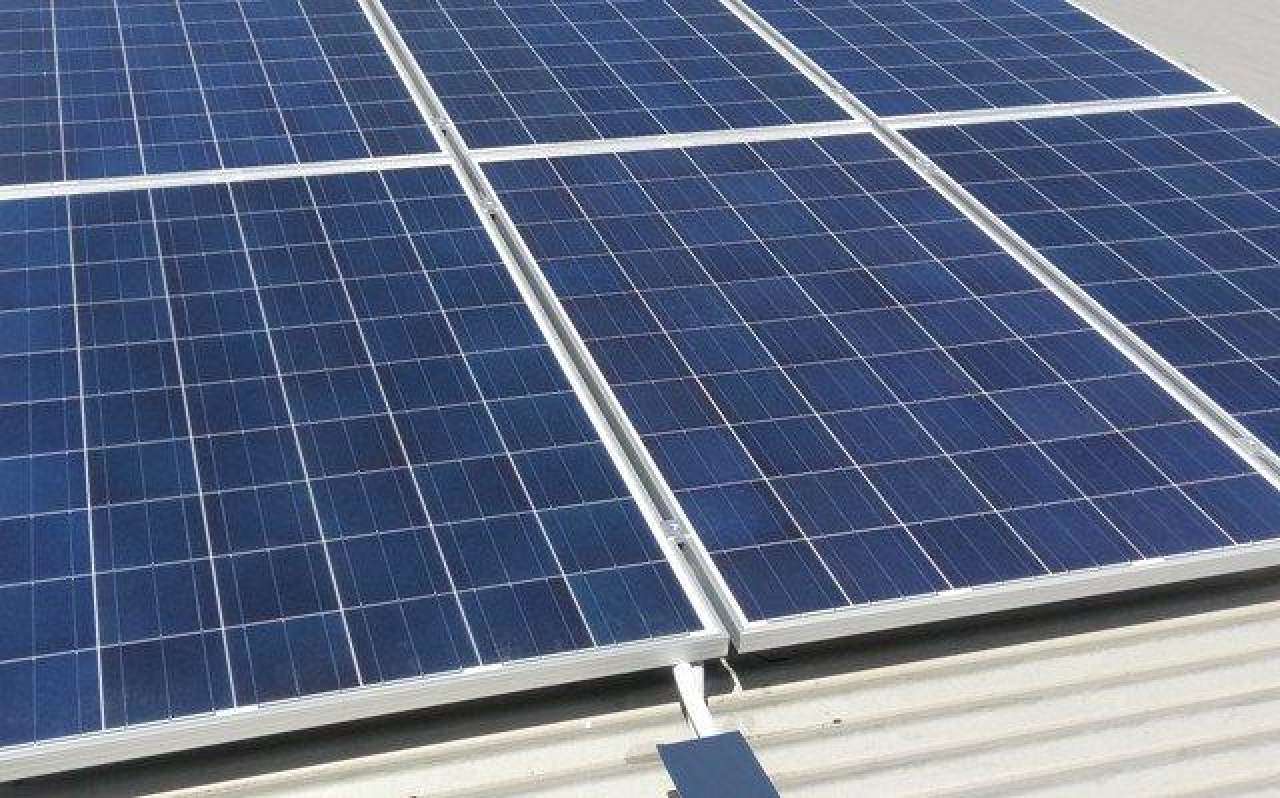Are you affected by feed in tariff changes?
Posted on 23 December 2017
Over the past few years, the government has encouraged homeowners and small businesses to opt for solar panels in order to generate most, or all, of their power from sustainable sources. Not only is solar power a clean, renewable form of energy, it’s also obtainable from a free source of energy which doesn’t require expensive extraction.
One inducement to install solar panels came in the form of a solar feed in tariff (FIT) – an amount of money which the government paid to solar panel owners for every kWH of power which was sent to the grid, rather than used on household power.
The latest tariff, 16c/kWH, is set to end on September 30 2016, opening up a number of opportunities for panel owners who are currently taking advantage of this tariff.
Group 4 panel owners will be most affected
When the first FIT was announced, it was set quite high (60c/kWH). People who wanted to take advantage of this tariff needed to register an interest by August 2010 and have their system fully functional and connected by January 2012 (Customer Group 1).
Subsequent groups of customers were identified, each of which had a slightly different set of FIT conditions.
Group 4 had to have received installation permission between October 2011 and September 2013. Installation needed to have occurred before the meter booking cut-off date.
Group 4 is the last group to receive a FIT, set at 16c/kWH.
Restrictions on Group 4 have limited efficiency
Unfortunately, the conditions under which Group 4 solar panel (PV) owners could claim their tariff meant that subsequently increasing output or making the system more efficient might render it ineligible for the solar feed in scheme, as the solar system would be judged to have been “upgraded”.
This means that Group 4 customers have struggled with power generation systems that, in some cases, aren’t fit for purpose anymore.
The removal of the 16c/kWH FIT in September finally empowers Group 4 customer to start making positive changes to their PV panel systems.
Number of options to increase output and performance
There may be several reasons your current solar power system isn’t performing as well as it should be and needs upgrading. In some cases the panels may have deteriorated slightly, or a larger inverter is needed to enhance energy production.
The initial installation may have been insufficient to meet existing power needs, or perhaps energy consumption in the household has increased due to older children or a new arrival. Some customers may have experienced problems with reliability, meaning a new system would give them the reliability they crave.
In all these circumstances and more, the ending of the 16c/kWH FIT in September means that Group 4 customers can now book their upgrade without worrying about losing their solar FIT income.
There are still plenty of good reasons to invest in solar power
With the freedom to upgrade comes a number of additional advantages. Regardless of FIT, customers will still receive the minimum retailer payment from their power provider for every kWH of excess power that goes back to the grid.
By investing in a more efficient system, it’s possible to reduce the reliance of your household or business on mains power even more, saving you valuable cash on your energy bills. Newer panels and system components are even more effective than their predecessors, increasing the effectiveness of your existing panels.
When selecting an upgraded solar power system, it’s possible to make significant savings as well as enjoy a greener, more sustainable lifestyle.
To find out more about your options for solar upgrades, it’s worth talking to us here at Solar Power Direct.


